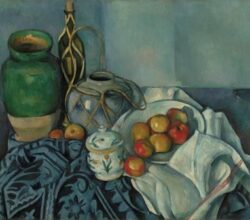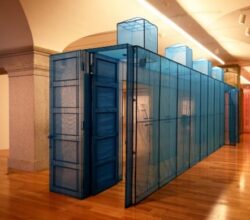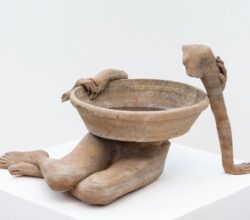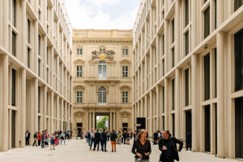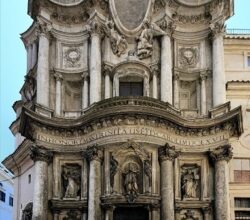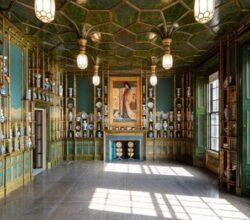
Anne Imhof: Jesters and Gestures
Cat Kron | ArtReview | 26th August 2022
Imhof shot to prominence with her prize-winning exhibition at the 2017 Venice Biennale. That work, described as “a catwalk show from hell”, was a hard-to-describe mix of music, dance, performance and installation art. Her current show is similar – high energy, a distinct uneasiness, uncategorisable. Says one critic “as an aggressive … teardown of macho physicality and wavy sexuality, it’s pretty amazing.” A good backgrounder is here if the FT paywall lets you in.


